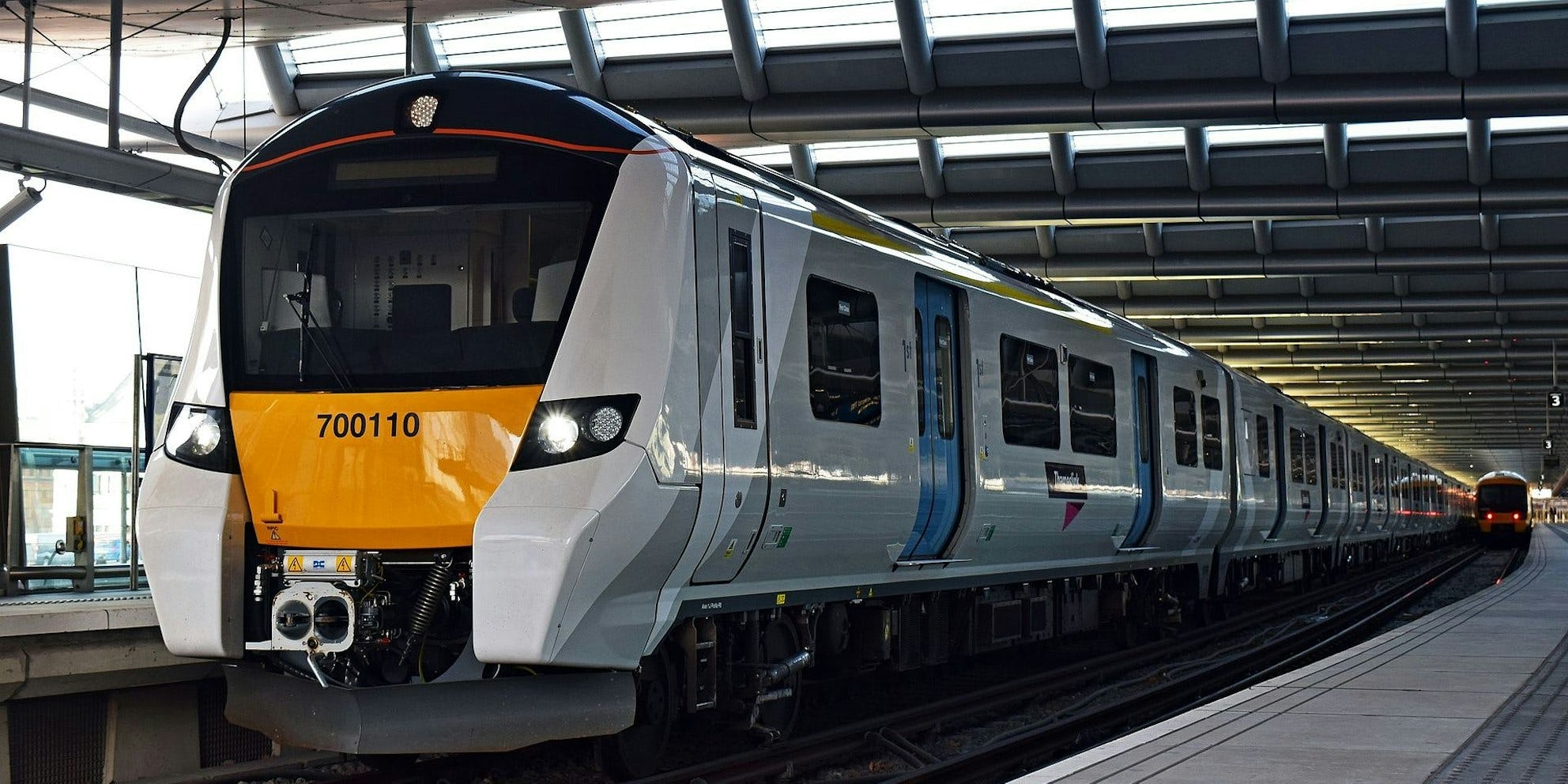Trains
Two weeks a go I was in London for pleasure. We had a great day and it was good to be back in The City after six long years of absence. In my childhood I’ve spent a lot of time in the UK, so London has a special place in my heart.
12 februari 2018 | Blog | Door: Conclusion Consulting
Deel

As a railway enthusiast (yes, I confess!) one of the other things I like about the UK, are its trains. I’ve been travelling on them since the beginning of the eighties until now. Britons have a very special love-hate relationship with their trains.
In 1948 UK railways where nationalised into British Rail, only to be privatised in 1994. Which was at least a very controversial move. Best put in historical perspective as part of the new public management (NPM) movement. At first, Tatcher’s did not succeed in privatisation. Her successor, John Major, however, did.
The idea was that handing the railways over to private companies would see massive growth and investment. Well, it did. Let’s skip some events, like the Railtrack PLC controversies (Google or ask me more about it). Indeed, UK railways – in the end – saw big growth in customer satisfaction and passenger numbers.
When we boarded our Thameslink Class 700 train at Luton Airport Parkway, I was delighted about the technological advance UK rail has made since my last visit in 2012. As I mentioned before, technological growth ensues exponential, whereas organisations grow logarithmic (blog post in Dutch).
Our train was fitted with a vast array of IoT devices such as load indicators, toilet locators and vacant lights and what our next call would be. But also status information about all London Underground lines. The real time passenger information system showed everything I needed to know in the blink of an eye. Convenient and very cool.
So far for the frontend (in regard to the technology, not the train). But as a consultant and business technology aficionado, I’m also interested in the backend. Thameslink is not London Underground, which is managed by Transport for London (TfL). So for this passenger information system to work properly, it needs to plug in to an application programming interface (API) from a source with travel information.
Is this all rocket science? No, not really. But not so long ago, it used to be. In the last couple of years we have seen a major paradigm shift in data management. From big, on site server based systems to more flexible, cloud based accessible data.
When you’re travelling to a train station in – say a bus or tram – chances are you will be taking a train for your onward journey. Wouldn’t it be more than logical that you were shown relevant travel information and rail network status on screens as you approach the station? Virtually all buses, trains, trams, et cetera nowadays are fitted with GPS sensors. So if you know where the vehicle is, you can let it project relevant, geo based data. Makes sense, right? Yet, these services aren’t as common as they should be.

With rail networks running close to maximum capacity and only limited track expansion possibilities, more technology is needed. Better drive train technology will ensure faster train acceleration. Automated driving can decrease distance between travelling trains, increasing efficiency and overall network performance. Saving electricity, because of smoother computer controlled driving. Even giving back power to the overhead wire when braking.
Earlier I wrote that technology grows exponential, while organisations do so in a logarithmic manner. This is the law of Martec. His theory basically embodies the fact that our technology is growing to fast for us to cope with our human minds. Hence the reason organisations always change slower, because of people resisting to change due to al various reasons. And that’s not just something of the recent years.
Did you know that the first fully automated European metro to open was the metro in Lille back in 1983? Did you know that the first metro carriages for the Amsterdam light rail (which was actually a metro, but could not be called that way for political reasons) where designed and built in 1973 with automated driving in mind?
The Amsterdam metro could’ve been the oldest automated metro in Europe. But only in 2019, all Amsterdam metro trains will be fully automated. That’s 46 years later! The future of train travel isn’t just bright, it is already here but we just didn’t see it.
Share